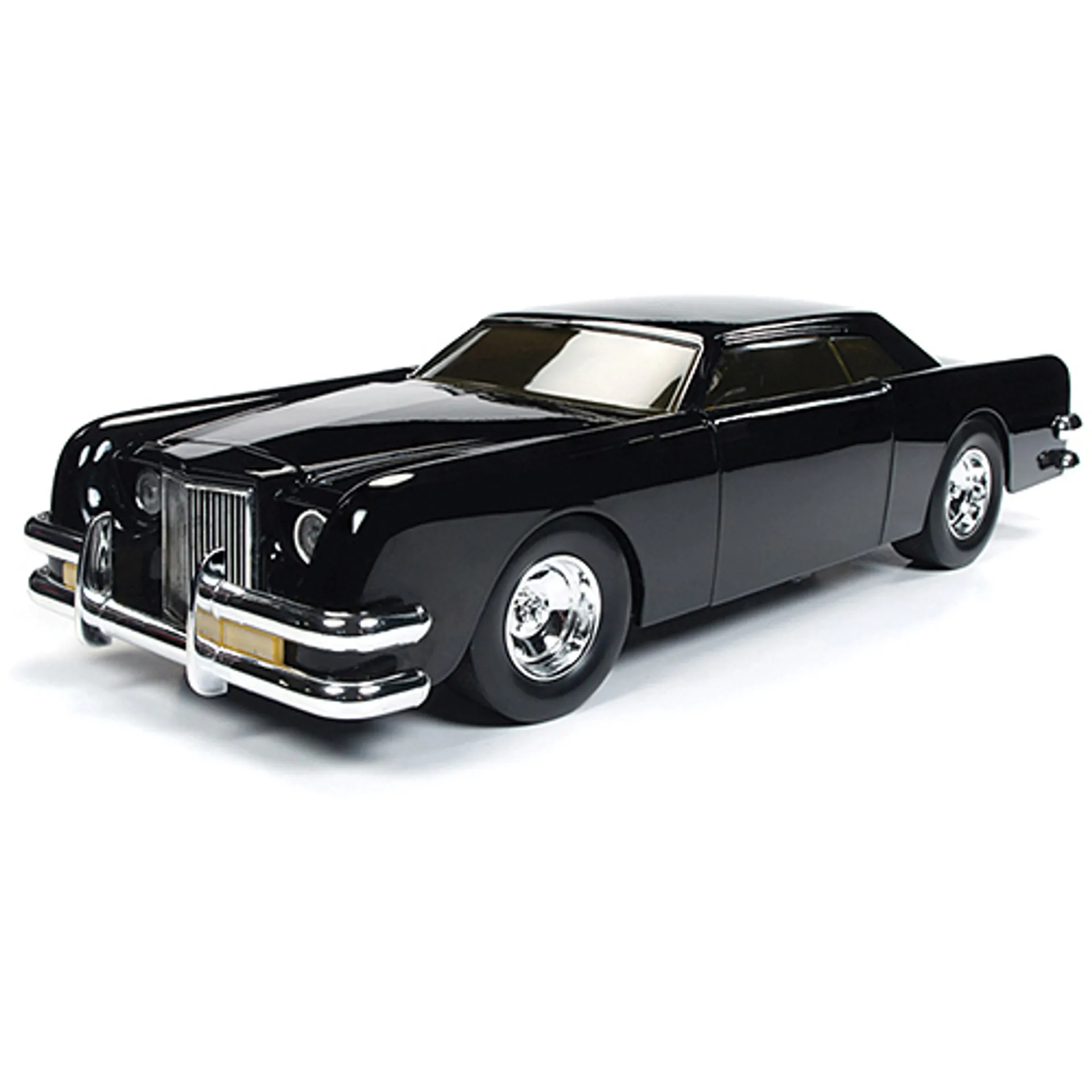What Are Diecast Cars?
Diecast cars are miniature models of real-life vehicles, meticulously crafted from metal using a die-casting process. These miniature marvels are not just toys; they are intricate replicas that capture the essence of automotive design, history, and engineering. The allure of diecast cars lies in their detailed craftsmanship, collectible nature, and the ability to own a scaled-down version of iconic vehicles. From classic automobiles to modern supercars, diecast cars offer a tangible connection to the world of automobiles for enthusiasts of all ages. The popularity of diecast cars has grown significantly over the years, attracting a diverse community of collectors, hobbyists, and investors.
The History of Diecast Cars
The history of diecast cars is a journey through industrial innovation and the evolution of play. The roots of diecast cars can be traced back to the early 20th century when manufacturers began experimenting with metal casting techniques to produce durable and detailed toys. These early models laid the foundation for the highly sophisticated replicas we see today.
Early Diecast Cars
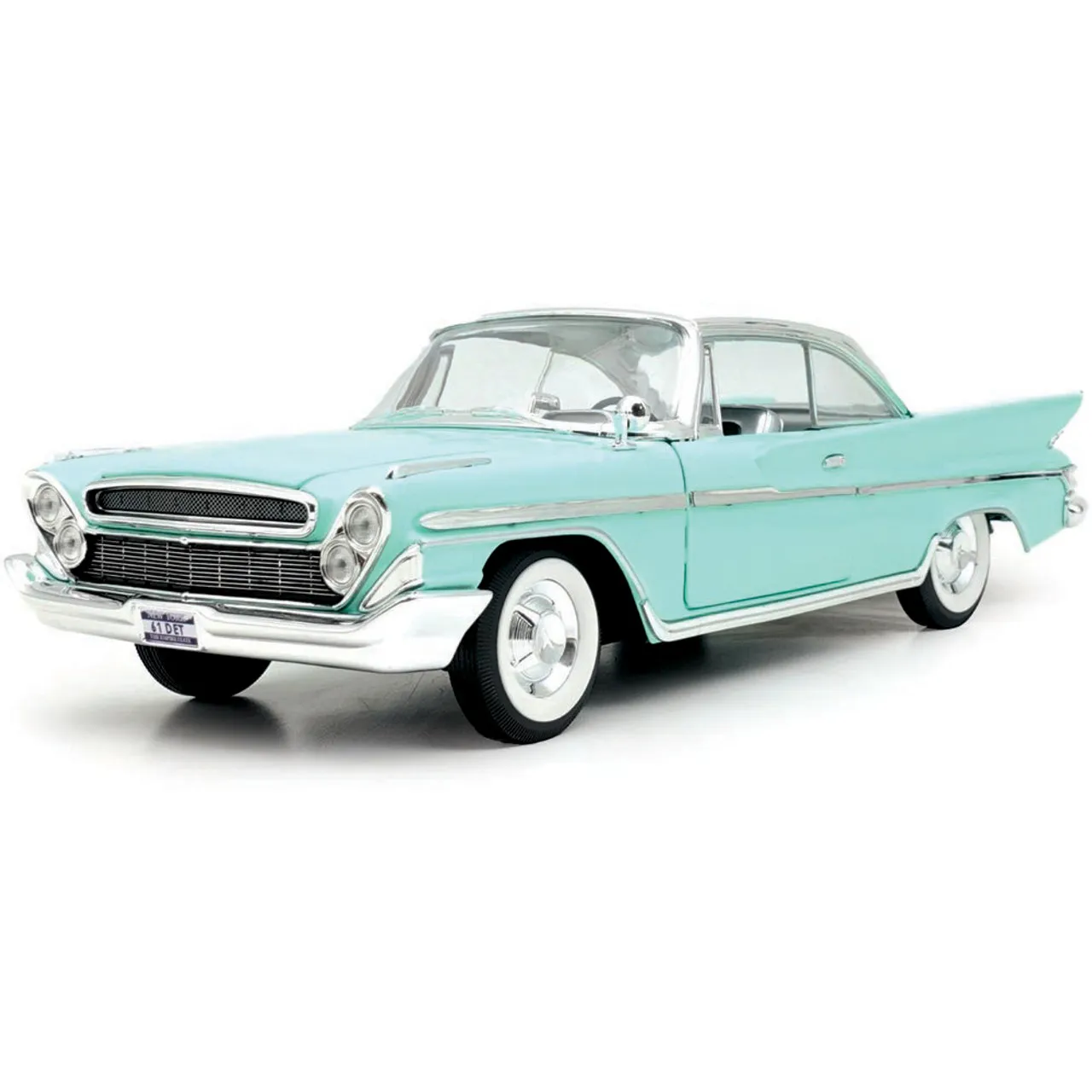
The earliest diecast cars emerged in the pre-World War II era, primarily as simple, solid-metal toys. Companies like Dinky Toys and Tootsietoy pioneered the production of these early models, which were initially designed for children’s play. These early diecast cars were characterized by their basic designs and robust construction, made to withstand the rigors of childhood adventures. They represented a significant advancement over earlier toys made from wood or tin, introducing a level of detail and durability that captured the imagination of young enthusiasts.
Diecast Cars in the 20th Century
The mid-20th century saw a boom in diecast car production, with advancements in manufacturing techniques leading to more detailed and realistic models. The post-war era brought new materials and methods, allowing for intricate designs and a wider variety of vehicles. Companies like Matchbox emerged, introducing innovative concepts like the ‘Matchbox’ size, making them highly collectible. This era marked the transition of diecast cars from simple playthings to collectible items, appreciated for their accuracy and historical significance.
Modern Diecast Cars
Modern diecast cars reflect technological advancements, offering unprecedented levels of detail and realism. Manufacturers now employ sophisticated techniques, including computer-aided design (CAD) and precision die-casting, to create highly accurate replicas. Modern diecast cars come in various scales, from the popular 1:18 scale to smaller scales like 1:64, catering to diverse collecting preferences. These cars often feature working parts, detailed interiors, and realistic paint finishes, making them highly sought after by collectors and enthusiasts alike.
7 Amazing Facts About Diecast Cars
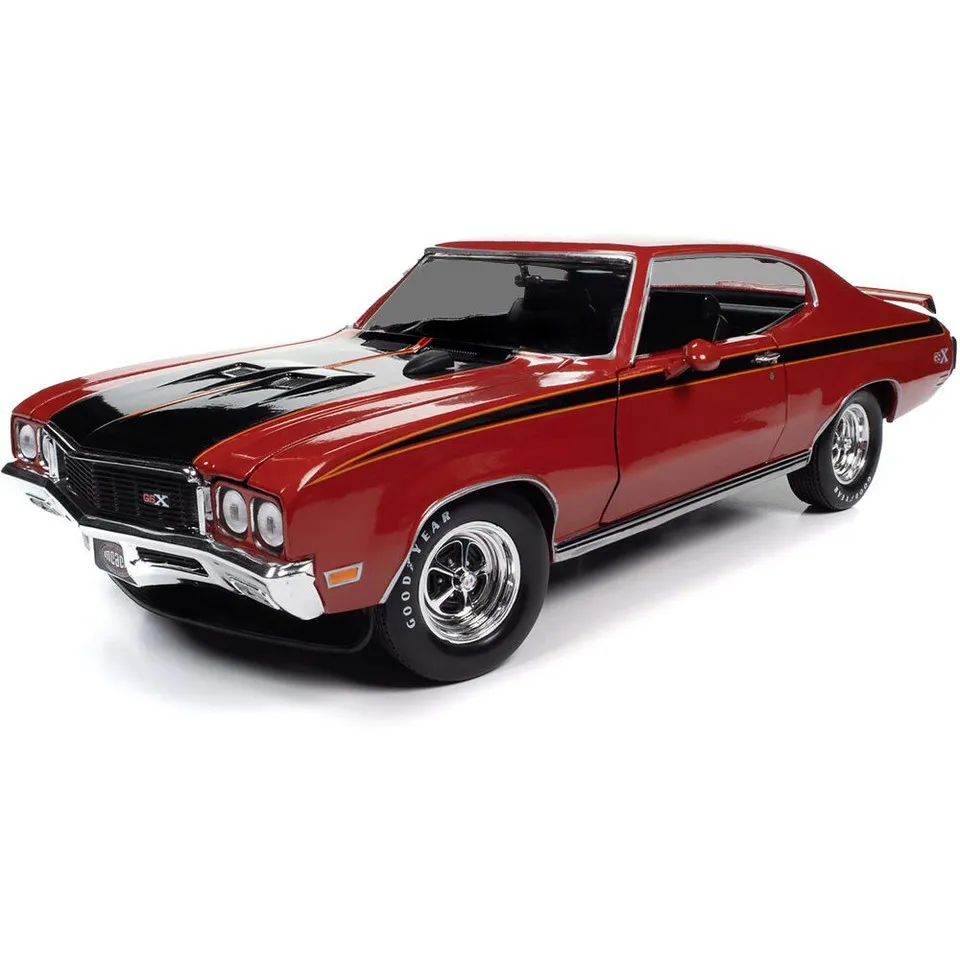
Fact 1 Materials Used
Diecast cars are primarily made from zinc alloy, often combined with other metals like aluminum and copper. This alloy, known as Zamak, provides the strength and durability necessary for detailed castings. The metal is melted and injected into molds under high pressure, allowing intricate designs and features to be created with precision. Other materials, such as plastic for interior components and rubber for tires, are also used to enhance the realism and functionality of the models.
Fact 2 Scale Sizes
Diecast cars come in various scales, each representing a different ratio of the model’s size to the actual vehicle. Popular scales include 1:18, 1:24, 1:43, and 1:64. The 1:18 scale is favored for its larger size, allowing for greater detail, while the 1:64 scale, popularized by Matchbox and Hot Wheels, is ideal for affordability and ease of collecting. The choice of scale often depends on the collector’s preferences, available display space, and the level of detail desired in the models. Different scales offer unique collecting experiences.
Fact 3 Detailed Features
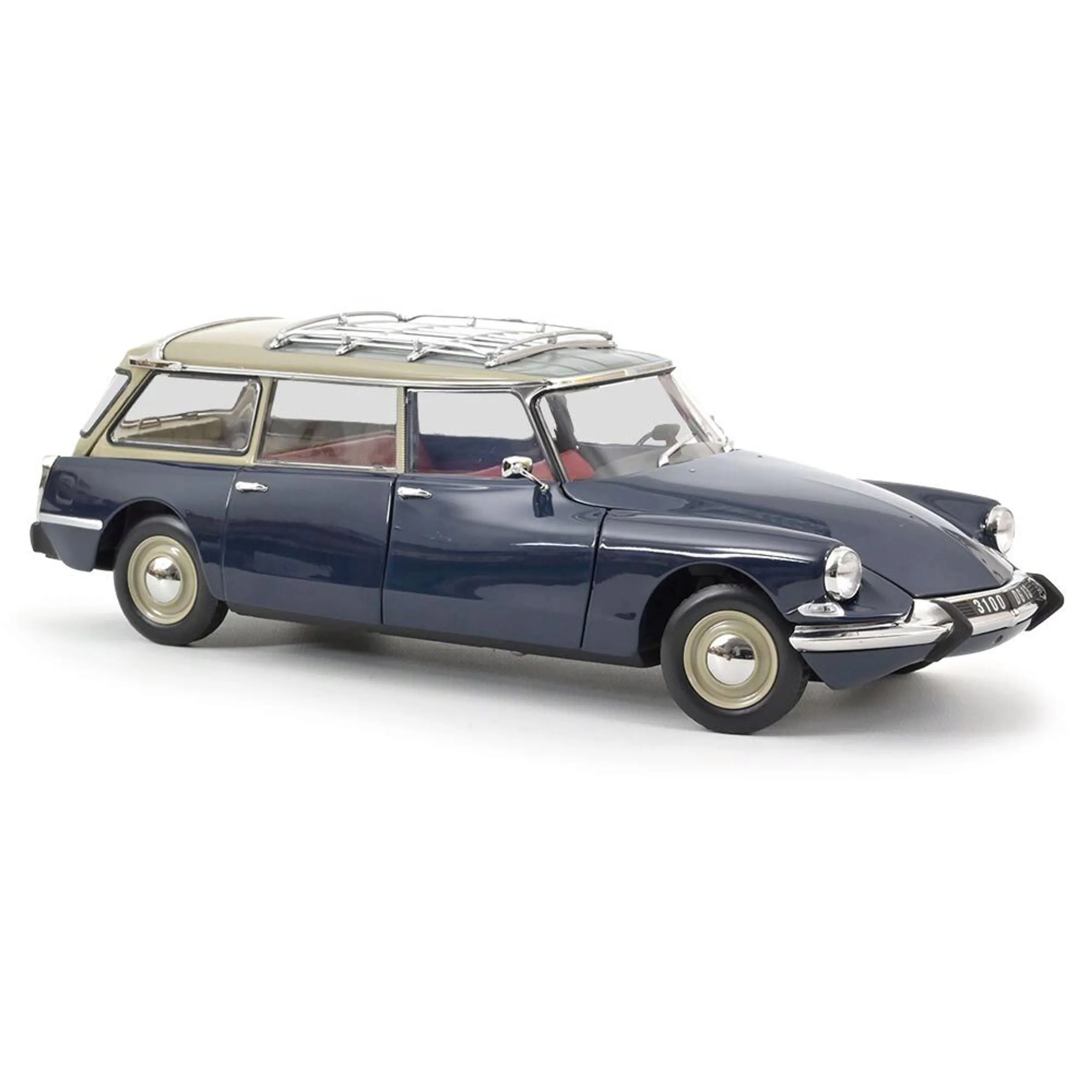
Modern diecast cars boast an impressive level of detail, with manufacturers striving to replicate every aspect of the original vehicle. Features such as opening doors, hoods, and trunks are common, along with detailed interiors, including dashboards, seats, and steering wheels. Engines, chassis, and suspension systems are also replicated with incredible accuracy, showcasing the craftsmanship and engineering prowess. Some models even feature working lights and sounds, enhancing their realism and collectibility. The level of detail has become a defining factor for collectors.
Fact 4 The Manufacturing Process
The manufacturing process of diecast cars involves several steps, starting with the design phase, where detailed blueprints and CAD models are created. These designs are then used to create molds, which are filled with molten metal under high pressure. Once the metal cools and solidifies, the castings are removed from the molds, and any excess material is trimmed. The parts are then painted, assembled, and detailed with decals, interiors, and other components. Quality control and inspection are critical to ensure the models meet the highest standards of accuracy and finish, making them prized possessions for collectors.
Fact 5 Collecting Community
The diecast car community is a vibrant and diverse group of enthusiasts who share a passion for miniature vehicles. Collectors range from casual hobbyists to serious investors, united by their appreciation for detail, history, and design. Online forums, clubs, and events provide opportunities for collectors to connect, trade, and showcase their collections. These communities foster a sense of belonging and shared enthusiasm. This sense of camaraderie is a key element that contributes to the enduring popularity of diecast cars.
Fact 6 Investment Potential
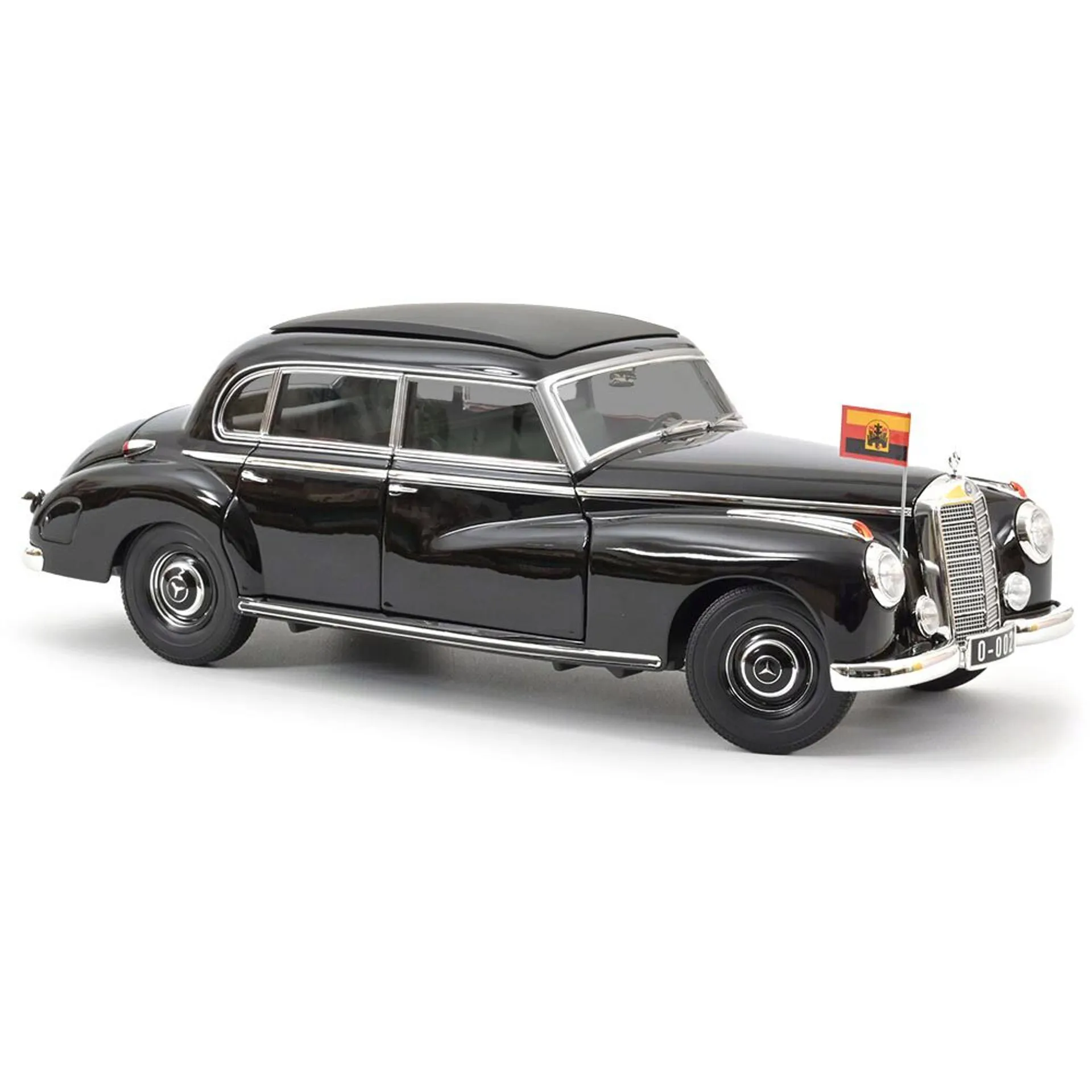
Certain diecast car models can appreciate in value over time, making them attractive investments. Factors such as rarity, limited editions, historical significance, and condition influence a model’s value. Vintage models, especially those in their original packaging, can command high prices at auctions and online marketplaces. Researching the market and understanding trends are essential for those considering diecast cars as an investment. The market can be volatile, but the potential for appreciation adds another dimension to the hobby.
Fact 7 Popular Brands and Models
Several brands have established themselves as leaders in the diecast car market. Hot Wheels and Matchbox are known for their wide variety of models and affordability, while brands like AUTOart and Minichamps are recognized for their high-quality, detailed replicas. Popular models include classic cars, iconic sports cars, and limited-edition releases. Certain models, such as vintage Ferraris, Mercedes-Benz, and rare muscle cars, are highly sought after by collectors. The diverse selection of brands and models ensures there’s something to appeal to every enthusiast’s taste.
How to Identify and Value Diecast Cars
Identifying and valuing diecast cars involves several factors. Examine the model’s details, including the brand, scale, and any unique features. Research the model’s rarity, edition, and historical significance. Condition is crucial the better the condition, the more valuable the model will be. Consult price guides, online marketplaces, and auction results to determine the current market value. Joining online forums and interacting with experienced collectors can also provide valuable insights. The value of diecast cars varies considerably.
Tips for Collectors
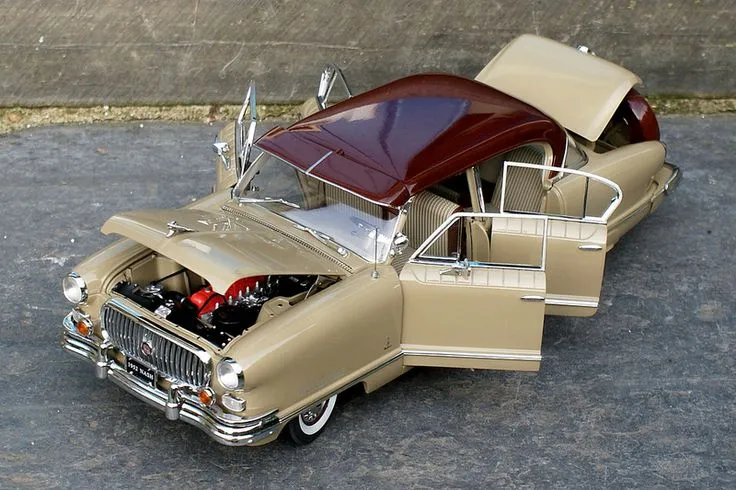
To start collecting diecast cars, begin by choosing a scale and theme that interests you. Set a budget and stick to it. Store your collection in a clean, dry environment, away from direct sunlight to protect its condition. Research models before purchasing them, and prioritize models in good condition. Participate in online communities to learn from experienced collectors and expand your knowledge. Most importantly, enjoy the process of building your collection. The journey of collecting diecast cars is often more rewarding than the destination.
